The Indian widows forced to find refuge in their own country
Many of India’s castaway widows wind up in Vrindavan, where for hundreds of years they have begged to survive. But their lives have improved considerably of late, thanks to a government shelter, writes Kai Schultz
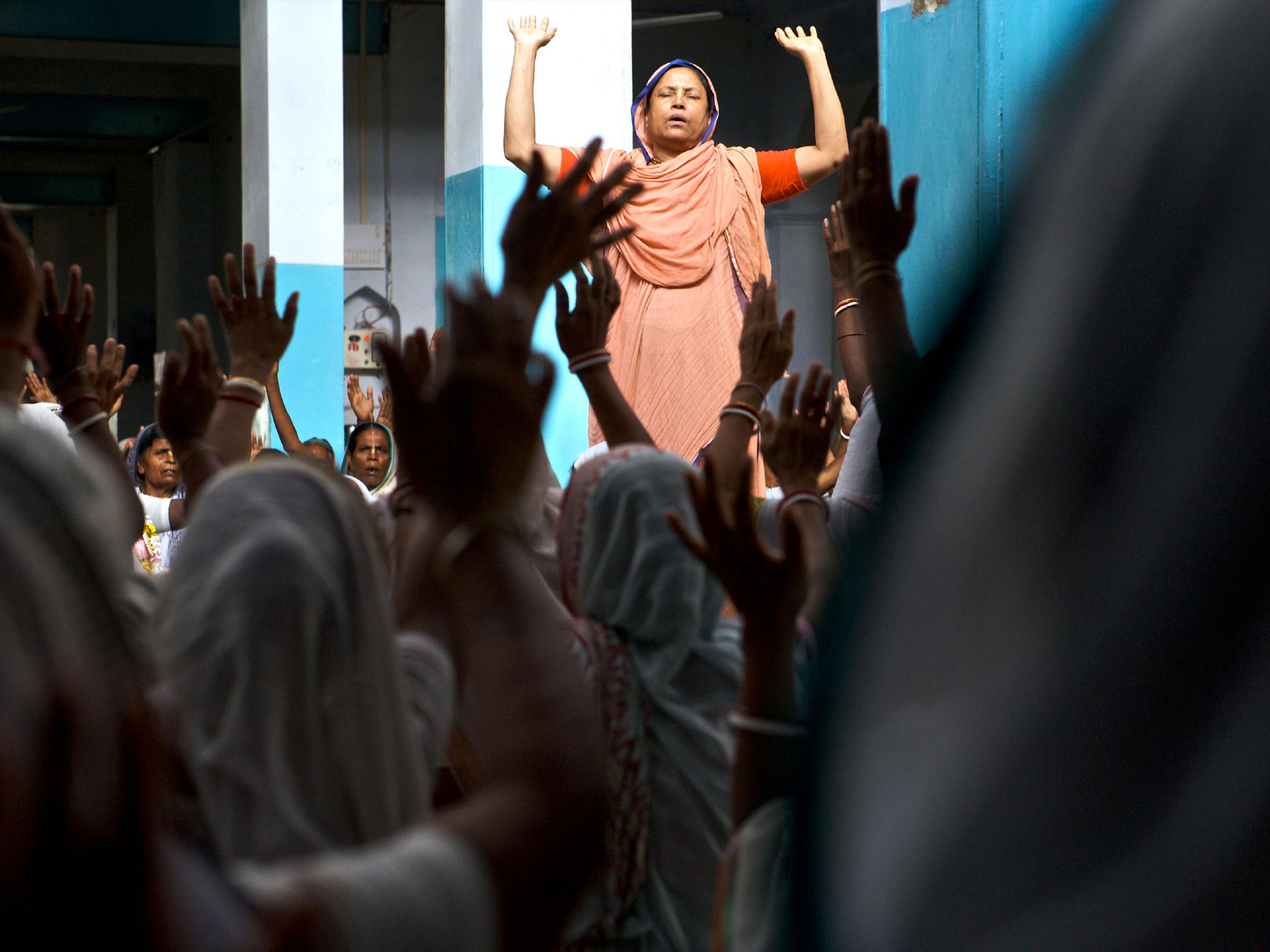
Your support helps us to tell the story
From reproductive rights to climate change to Big Tech, The Independent is on the ground when the story is developing. Whether it's investigating the financials of Elon Musk's pro-Trump PAC or producing our latest documentary, 'The A Word', which shines a light on the American women fighting for reproductive rights, we know how important it is to parse out the facts from the messaging.
At such a critical moment in US history, we need reporters on the ground. Your donation allows us to keep sending journalists to speak to both sides of the story.
The Independent is trusted by Americans across the entire political spectrum. And unlike many other quality news outlets, we choose not to lock Americans out of our reporting and analysis with paywalls. We believe quality journalism should be available to everyone, paid for by those who can afford it.
Your support makes all the difference.Like thousands of other widows exiled from their homes to a city in northern India, Nirmala Maheshwari says she was abused by her family after her husband died. “They saw me as a burden,” Maheshwari whispers, recalling her first day at a new shelter for widows in Vrindavan, as other women crowded around her bed, comforting her by squeezing her shoulders and hands.
Maheshwari said she had lost her social value in the eyes of her family, and her son and other relatives starved and beat her. Given her lowly status at home, Maheshwari says she was shocked when she stepped into the lobby of her new home: the Krishna Kutir ashram, a government-run facility with about 1,000 beds, a freshly dug swimming pool, and free food and medicine.
Hindu brides are often expected to live with their husbands’ families. This weakens ties with their own and widowhood can spell disaster. Without a husband, a small portion of India’s 40 million or so widows are violently purged from their homes each year.
But many of India’s castaway widows – most of them illiterate, some married off as infants – have seen significant improvements in their quality of life over the past few years. Prodded by a flurry of public petitions and court rulings, the government and rights groups have invested tens of millions of dollars into lifting the conditions of abandoned women.
The money has gone not only into building group homes for widows, but also to funding pensions and providing work training and medical treatment.
While some of these changes are taking place across India, they are most visible in Vrindavan. The town is a maze of narrow streets and regal, sandstone temples. All day long, thousands of pilgrims gather to pray at the base of giant statues of deities. It is believed that widows have gathered in the city since Chaitanya Mahaprabhu, a 16th-century Bengali social reformer, brought a group of them there to escape from suttee, a now-banned practice in which Hindu widows immolated themselves on their husbands’ funeral pyres.
For many years, the widows in Vrindavan, which is considered the childhood home of the Hindu god Krishna, have survived by singing devotional songs in temples for a few rupees a day, and by begging for money in white saris, a signifier that colour had drained from their lives.
Homelessness was common among Vrindavan’s widows. Some lived in doorways. When they died, garbage collectors would sometimes stuff their bodies into jute bags and throw them into the Yamuna River, according to local media reports. While widows often felt they had no place else to go, the trip to Vrindavan was dreaded. Sushila Bala Dasi, 62, says she sobbed so loudly on the train ride to the town that passengers called the police.
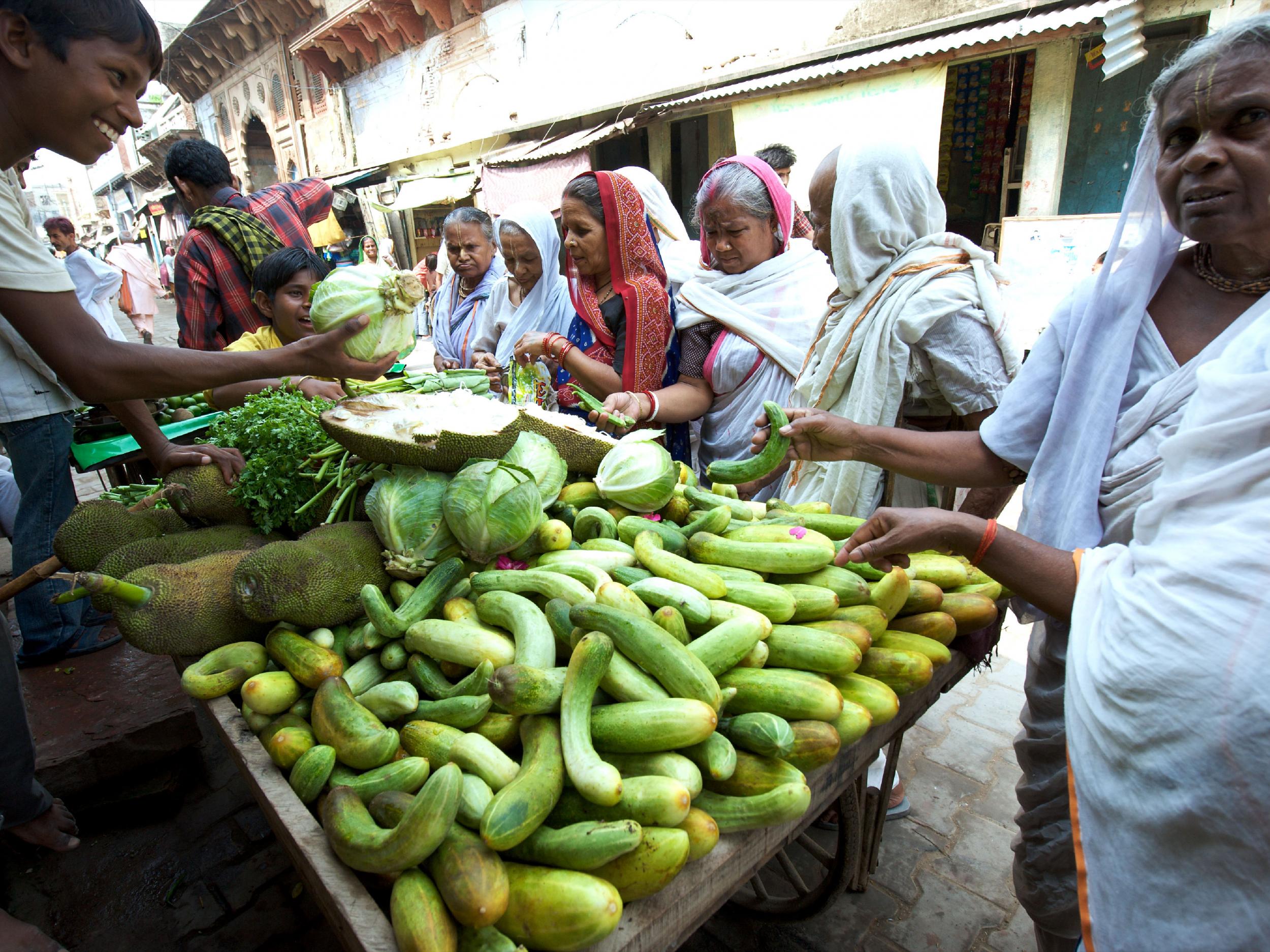
The widows’ conditions became so dire that India’s Supreme Court took notice of their plight in 2012, ruling that the government must provide them food, medical care and a sanitary place to live.
Since then, a number of government projects have been introduced, including building Krishna Kutir, or Krishna’s House, which cost $8m (£6,500) and opened last August. Many of the 129 widows living there arrived alone, by train, from villages hundreds of miles away, with dirty, torn clothing, and some came with serious injuries.
At the ashram’s inauguration, Maneka Gandhi, India’s minister for women at the time, said there was still far to go in improving widows’ treatment, but that she hoped Krishna Kutir’s model could be replicated elsewhere in India. “We want all women to feel safe,” she says.
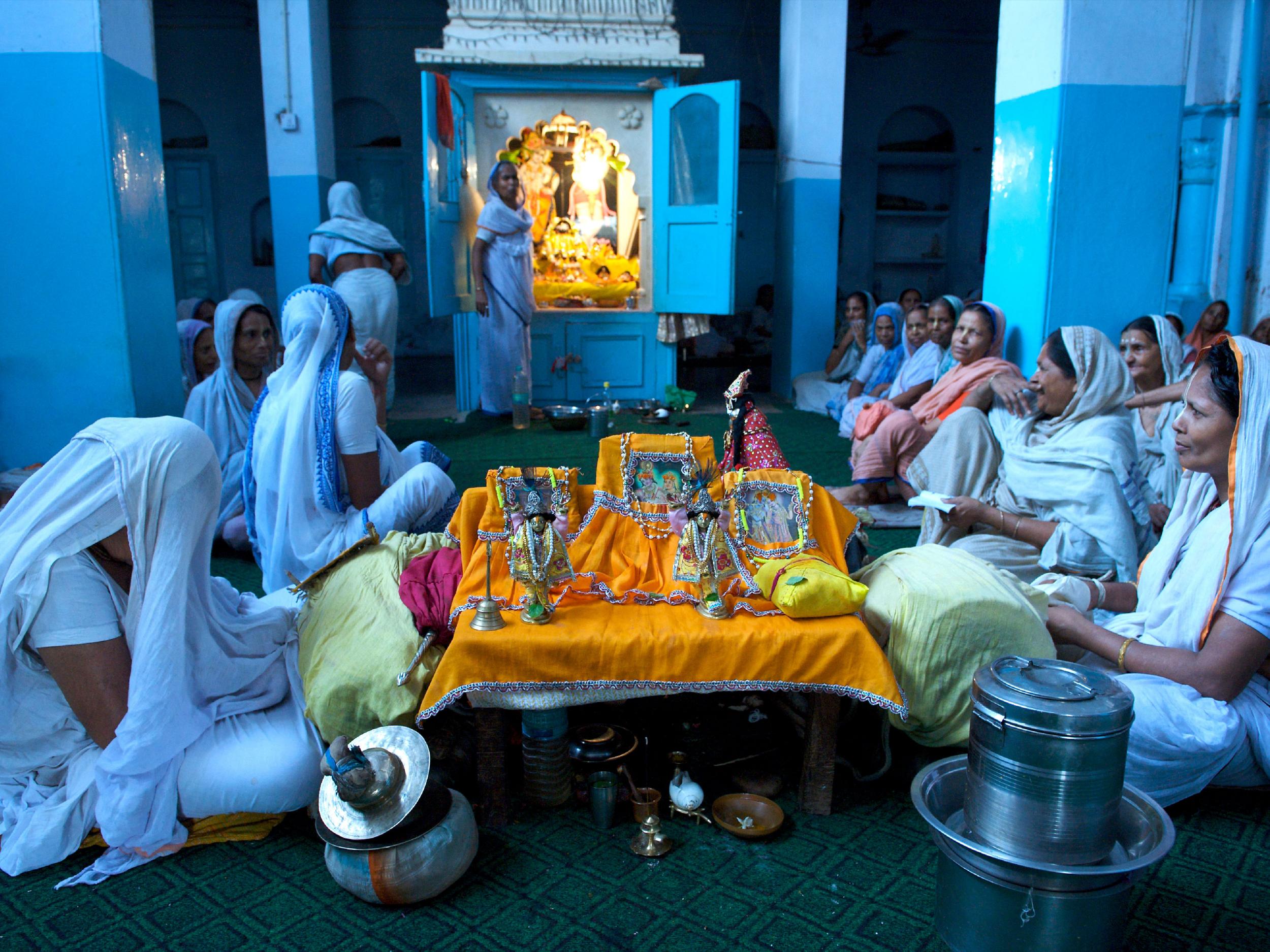
Vinita Verma, a social worker from Sulabh International, an organisation that works with widows, says she had seen a slow erosion of the conditioning that taught the women – who number at least 3,000 in Vrindavan – to view themselves as unworthy of love.
Widows who once refused to wear colour are opting for garments dyed blue, burnt orange and pink.
“They used to think only in white, nothing else,” Verma says. “When they were praying, they were crying. When they were cooking, they were crying. Now, they have a value.”
But some widows still think of their former homes.
Niyati Das, who was married at 14, says an abusive son fed her only two pieces of bread a day. Seven months ago, she arrived at Krishna Kutir with a fractured hand and foot
Kali Dasi, a frail woman around 75, says that last year she tried to reconcile with her family in West Bengal, leaving Vrindavan to journey to her village. When she got there, relatives drained her life savings, about $230 (£186). Someone bought her a train ticket back to Vrindavan after seeing her begging on the street.
“I want to go again,” Dasi says. “My mind tells me one thing, but my heart doesn’t agree. I am a mother.”
Though new arrivals are now brought to Krishna Kutir, occupancy is still low because widows say it is too far from the heart of Vrindavan, where many go to pray. From a distance, the building looks a bit like an isolated prison, with high walls and barbed wire strung along the roof to keep monkeys from breaking solar panels. The swimming pool has no water yet.
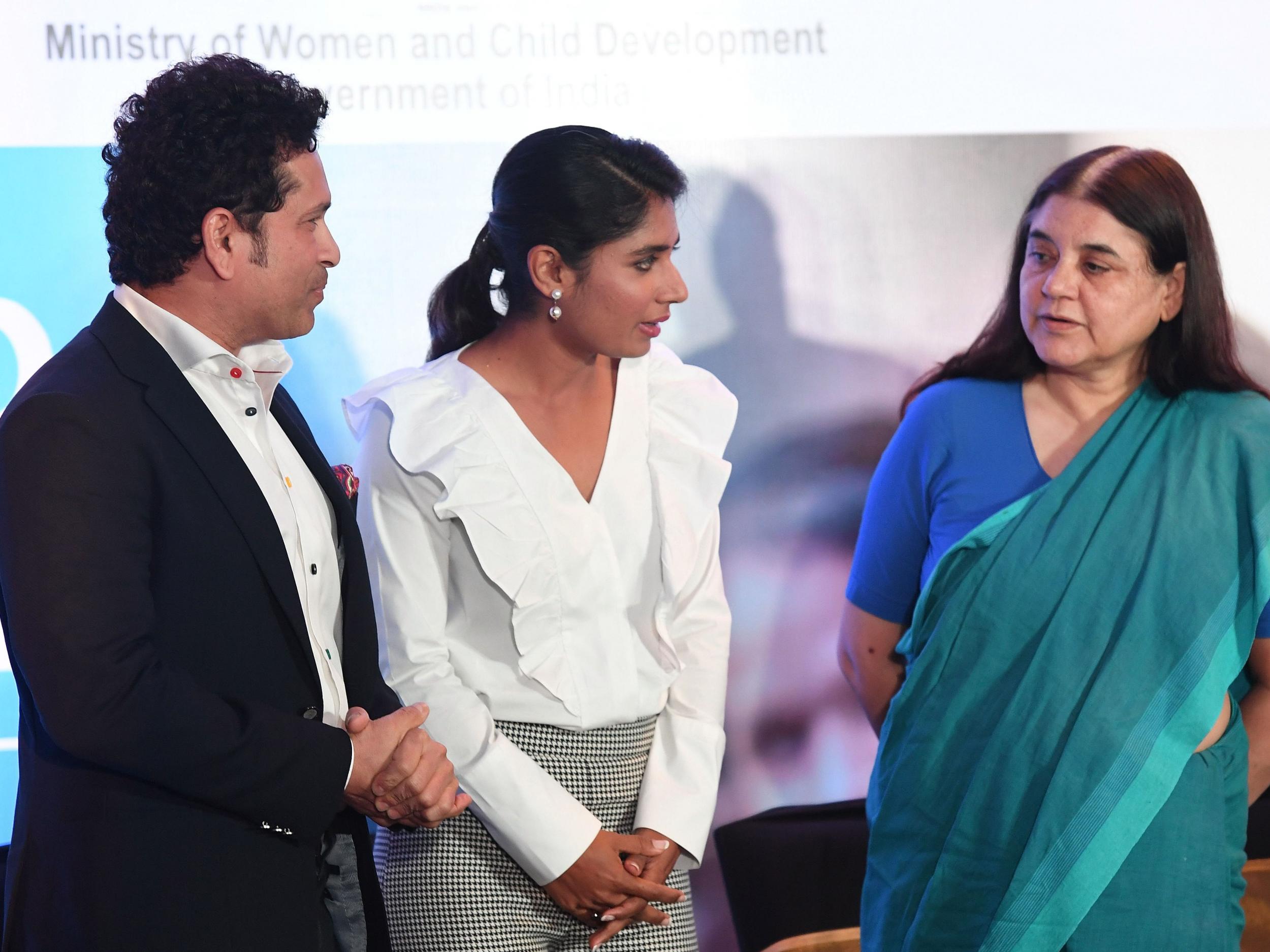
Other shelters for widows in Vrindavan, run by nonprofit organisations, are less inviting, with stained walls and bare, concrete rooms, but some widows say they prefer staying in them because they provide higher pensions.
At government-run ashrams, women are given just a few hundred rupees each month, or less than $10 (£8) – and payments are sometimes delayed by weeks. There are some smaller government homes in other parts of India, but nothing on the scale of Krishna.
The women staying at Krishna Kutir come mostly from poor, rural villages in eastern India.
From Monday to Friday, they make decorative boxes for extra cash. Some attend literacy classes in other parts of Vrindavan, where they have learned to write their names for the first time.
In group therapy sessions, they gather in circles to discuss searing family betrayals.
Niyati Das, 65, who was married at 14, says an abusive son fed her only two pieces of bread a day. Seven months ago, she arrived at Krishna Kutir with a fractured hand and foot. “Please keep me here,” she kept repeating. “Even if you beat me, I will stay.”
From her dormitory, Maheshwari, who had arrived with a black eye and head wounds, quietly narrates her story.
After her husband died a few years ago, Maheshwari lived with her son’s family in a city a few hundred miles from Vrindavan. She was kept locked in a room, fed irregular meals and told she was “bad for society”.
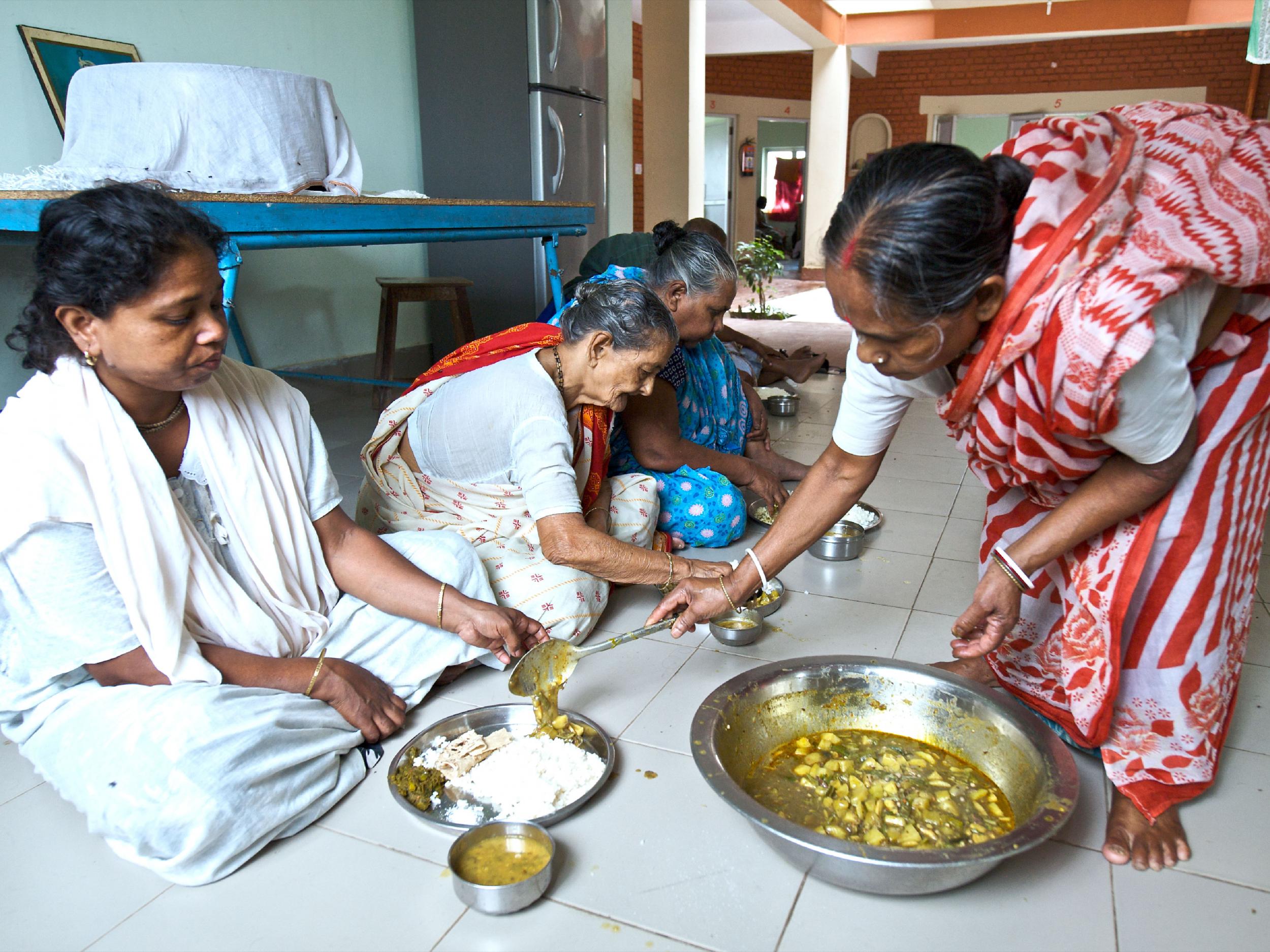
A granddaughter slammed her into walls. When she spoke on the phone with her siblings, Maheshwari’s daughter-in-law kept a stick raised above her head as a threat.
Her brother eventually helped her escape, but he wouldn’t house her.
When she arrived at Krishna Kutir, Maheshwari cried and begged staff members not to let her son take her away.
In recent weeks, her world has started to brighten. Last month, staff members organised a celebration for a religious festival and Maheshwari put flowers in her hair.
The women danced in their rooms and in corridors, and near the empty swimming pool. They sang so loudly their voices reached the health clinic, where a widow resting after a surgery rose and danced, too.
On that day – Maheshwari’s favorite memory, she says – she looked around her new home, its halls filled with the laughter of women like her, and felt “absolutely free”.
© New York Times
Join our commenting forum
Join thought-provoking conversations, follow other Independent readers and see their replies
Comments